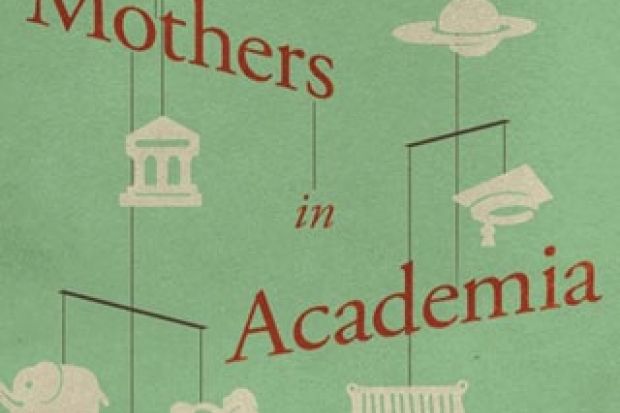Scene 1: I observe an international postgraduate student of mine gradually become bigger, and I begin to wonder if she is pregnant. She says nothing about it. Eventually, although I am worried about invading her privacy, I ask her because I am concerned for her welfare, and I have past experience of a colleague struggling with her pregnancy and “dealing” with it by not talking about it, pretending that it was not happening. When I speak to my student, a terrible tale of woe emerges. When she has the child, I urge her to take the 28 days of maternity leave to which she is entitled, as she will have little enough time with her daughter as it is. She is an overseas student on a student visa; within six weeks of the birth, her parents will take the child with them back to their home country. Scene 2: Another international student sits in my office, weeping. She is missing her young child, left in the very good care of the child’s father, who works in another country. I mention all this because it is our international students, rather than the “local” ones, who tend to have children – a sign of the times?
This kind of international student, not uncommon in the UK, does not feature in Mari Castañeda and Kirsten Isgro’s edited volume of “testimonios” by US students, administrators and academic staff managing motherhood and academe. But the difficulties of the challenges faced by mothers across the academy emerge just the same. These are, to some extent, differentiated by position. For admin staff it may be presenteeism, the requirement to be consistently available during office hours, which can be hard to combine with breastfeeding. For US academics, the dreaded dimension is the tenure-track clock ticking away in parallel with the biological clock, and frequently leading more senior staff to advise junior academics not to have children before they gain tenure.
The implicit construction of motherhood as “choice” is quickly debunked in this volume, through narratives such as that of Vanessa Adel. Having already adopted three children, two of whom are siblings, she is rung up by social services who would like her and her partner to take the siblings’ sister, born prematurely to her drug-dependent mother. Adel describes her and her partner’s determination to see themselves as “agents of resistance”; in that spirit they take on the fourth child, which places them firmly outside the norm of the family “with 2.4 kids”. Grappling with this family extension puts back the completion of Adel’s dissertation. The complex articulated deliberations that go into the making of this “queer, transracially adopted family” make her essay one of the outstanding ones in this collection; like contributions such as those of Olivia Perlow and Allia Matta, it offers a contextualised understanding of the testimonio.
Matta describes starting a PhD aged 42 and leaving her three sons in the care of their father, from whom she is divorced. She is the only contributor here to say: “I was not a good mother when I compromised my happiness, creativity and personal development. I equated motherhood with the sacrifice of one’s desires.” While other contributors also bemoan such mothering stereotypes, they do not feel able to suggest that work is about more than economic necessity. In different ways, they all point out that attempting to work and have children simultaneously has gendered implications: “becoming a father…actually increases [men’s] chances of achieving tenure”, while “women with babies were 29 percent less likely than women without babies to enter into tenure-track positions”. But they do not feel able to say that having young children can be tedious, boring and deeply unsatisfying – one reason that emerges in other research as to why young fathers work even longer hours than before they had children. Contributors to this volume also highlight the absence of paid maternity leave or indeed any such leave, of affordable childcare, of flexible work schedules and of a supportive work culture, as well as the unreasonably high working hours, as some of the reasons why academic work and motherhood are hard to combine. Their stories, especially in their focus on tenure, are very US-focused, but they point to the undesirable world we might get to in Europe as hard-won rights such as paid maternity leave are increasingly threatened with erosion.
